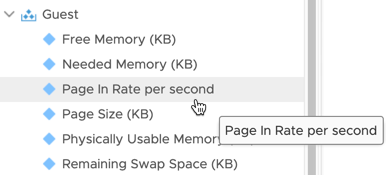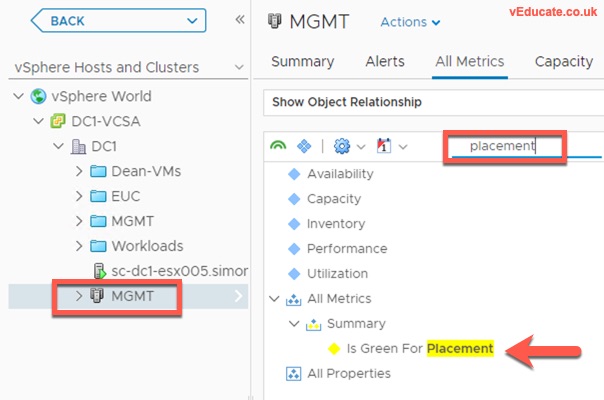In vRealize Operations 6.3, we added the following Guest Metrics, some of which we require VMware Tools 10.3.X or higher to be present for us to pull the data.
- Guest|Active File Cache Memory (KB)
- Guest|Context Swap Rate per second
- Guest|Free Memory (KB)
- Guest|Huge Page Size (KB)
- Guest|Needed Memory (KB)
- Guest|Page In Rate per second
- Guest|Page Out Rate per second
- Guest|Page Size (KB)
- Guest|Physically Usable Memory (KB)
- Guest|Remaning Swap Space (KB)
- Guest|Total Huge Pages
I had someone query the below metrics, and the answer although easy to assume, is not clearly written down and within vROPs you don’t get a description either, so I thought I’d also publish it, in case any inquisitive minds go googling.

Guest|Page In Rate
Guest|Page Out Rate
The opposite of the above. This is not as important as the above. Just because a block of memory is moved to disk that does not mean the application experiences memory problem. In many cases, the page that was moved out is the idle page. Windows does not page out any Large Pages.
Regards


